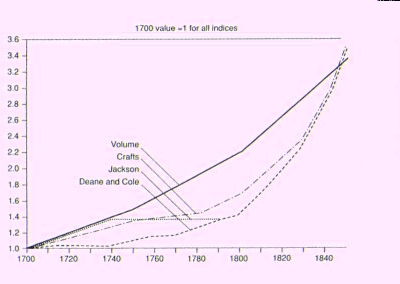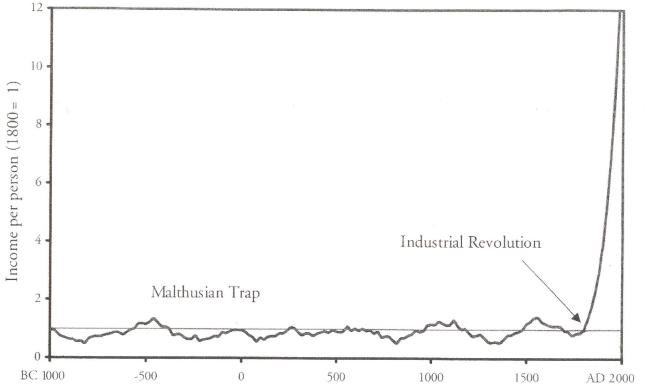Why do banking crisis and currency crisis so often coincide?
The effects of a banking crisis can be summarised as a “financial distress resulting in the erosion of most or all of aggregate banking system capital” (Bordo et al, 2001). A currency crisis (also known as a balance of payments crisis) can generally be summarised as “a forced change in parity, abandonment of a pegged exchange rate, or an international rescue” (Bordo et al, 2001) of the currency. Both have detrimental effects to the economy, which are exacerbated when they occur together. The dual occurrence of a banking crisis and a currency crisis is deemed a ‘twin crisis’.
To understand the cause of twin crises it is important to study their history. Under Bretton Woods currency crises were common, but banking crises were very rare. The exogenous control of the exchange rate removed the conflicting policy decision between currency control and domestic policy for the central bank
However, the departure from Bretton Woods reintroduced this trade off for central banks. Kaminsky and Reinhart (1999) provide data to suggest that this resulted in an equally high number of currency crises (per year), in combination with a large increase in the number of banking crises. More importantly, the number of twin crises increased.
The literature concerning these crises does not conform to a single opinion regarding their causes. On the whole, there are two conflicting schools of thought. Firstly, there are those who consider financial crises to occur as a result of poor fundamentals in the economy. This is known as the fundamentals school. Secondly, there are those who consider financial crises the result of investor speculation. This is known as the self-fulfillment school.
Kaminsky and Reinhart (1999), who themselves subscribe to the fundamentals school, provide an overview of the potential causation of twin crises. Firstly, they present Stoker’s (1994) view that currency crises cause banking crises. Stoker’s model is based around a country with a fixed exchange rate. Under such a system any shock to the exchange rate is dealt with using central bank reserves. Therefore, a negative external shock will decrease reserves and restrict the credit available in the economy. This can lead to bankruptcies, etc, which will undermine the central bank’s asset base and cause a banking crisis.
Secondly, they present Velasco’s (1987) model that banking crises cause currency crises. Velasco argues that an overcommitment to the domestic economy by the central bank in a time of crisis, for example a large increase in the monetary base, will lead to an increasingly worthless currency. This is an example of poor fundamentals in the economy.
Finally, there are those who consider banking and currency crises to have similar causes. Kaminsky and Reinhart (1999) use the example of the “exchange-rate-based inflation stablization plan…of Mexico in 1987”. Such programs are often fueled by domestic banks borrowing on foreign financial markets. If financial markets deem this borrowing unsustainable, there is likely to be a speculative attack on the currency. This will trigger a currency crises and a simultaneous banking crisis, as asset markets crash. This example feeds into the self-fulfillment school.
Bibliography
- Reinhart, Carmen M, 2009, “This time is different: eight centuries of financial folly”, Princeton, Princeton University Press
- Reinhart and Kaminsky, 1999, “The Twin Crises: The Causes of Banking and Balance-of-Payments Problems”, American Economic Review, vol. 89, issue 1999, pp. 473-500
- Bordo, M.D., B. Eichengreen, D. Klingebiel, and M.S. Martinez-Peria, 2001, Is the Crisis Problem Growing More Severe?, Economic Policy, vol. 16



